Useful properties and uses of lingonberry leaves
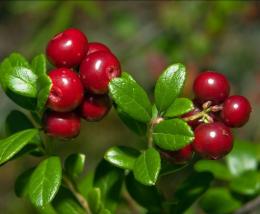
Well, who doesn’t know and doesn’t love lingonberries? This is a plant with juicy fleshy leaves and very tasty sweet and sour berries widespread throughout many countries with temperate climates. Lingonberries have found wide use both in cooking (a variety of jams, compotes are prepared from them, used as a filling for pies, etc.) and in alternative medicine. However, folk healers use not only the berries of this plant, but also its leaves, which have many useful properties.
Thus, the leathery leaves of lingonberry are a fairly powerful antiseptic, diuretic, antimicrobial, anti-inflammatory, astringent, wound-healing, and also tonic. Application of lingonberry leaf It is advisable for viral diseases (in particular, for diseases caused by influenza and herpes viruses). Separately, it is worth noting the benefits of lingonberry leaves as a valuable storehouse of proteins for people on a diet.
Infusions and decoctions of the leaves of this plant contribute significantly decrease in blood sugar concentration, therefore, the use of lingonberry leaves will be very useful for people suffering from diabetes. Also, lingonberry leaves are extremely rich in substances such as phytoncides, which are an extremely powerful natural antiseptic. Therefore, infusions and decoctions based on them (which, by the way, can be either taken orally or used for douching to rinse the mouth and throat) will be very effective in getting rid of many infections and especially staphylococcal.

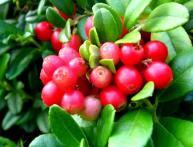
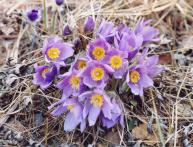
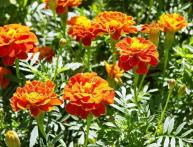
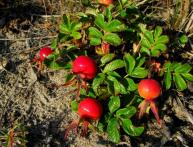
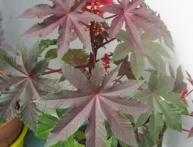
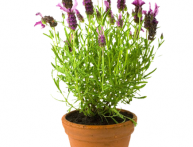
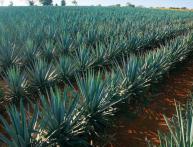
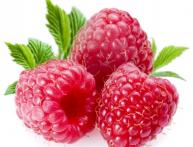
Comments
When my child was little, he was often sick due to a staphylococcal infection. Either the stomach or ARVI... I wonder if it is possible for children from 1 year of age to be given a decoction of lingonberry leaves to treat this infection?